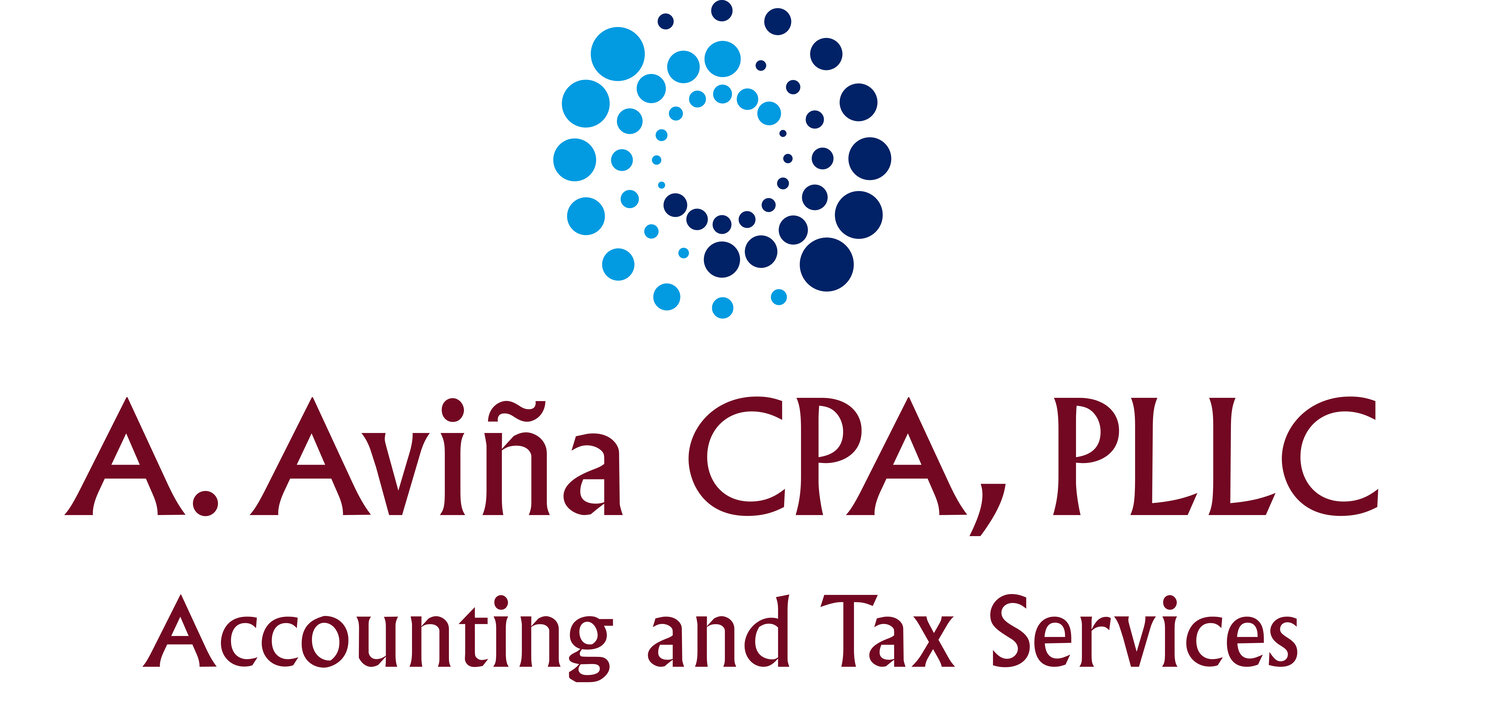How I Added Hours To My Day
Like most business owners, you probably have a tough time managing work-life balance. When I first started my business I had plenty of time for recreation, but before I knew it I was working weekends and feeling burnt out. That’s when I decided to try to add hours to my work week so I could take two guilt free days off for the weekend. Here is how I do it:
· I take my computer home at night and do tasks that don’t take much brain power while my son does his homework or while we watch TV. Its O.K. if a one-hour task takes you three at this point and you have added a whole hour to your day (gaining 5 hours per work week!).
· I take time in the evening to pack my lunch and get my clothes together for the next day. Assuming you don’t sleep longer, this can add about 30 minutes to your day (gaining 2 ½ hours per work week!).
· A few days a week I get up an hour earlier and exercise before work. When I exercise during lunch, it inevitably extends the one-hour lunch into 1 ½ or two hours (gaining 1 ½ hours per work week!).
· I work through lunch a few days a week. This might not be an option for those of you who need a break during the day, but I’m not one of them. I stay more focused if I work straight through (gaining 3 hours per week!).
Sales and Use Tax, Broken Down and Simplified
The topic of sales tax comes up quite often with my clients and in the day of online ordering, businesses must be careful to take note if sales tax was charged on their invoice. Here I’ll clarify basic purchasing rules for your business.
When you purchase items for resale, or items used to produce other items for resale, you are not required to pay sales tax on your purchase because you will collect it from your customers. When you purchase items that are not for resale, such as office supplies, then you must pay sales tax when you purchase them. Furthermore, if you purchase the items from a vendor who does not have a distribution center in your state, then they are not required to collect sales tax from you (Ever wonder why sometimes Amazon charges sales and other times it doesn’t?). In this case, it is you who are required to pay the sales tax, which is reported as “use tax” on a quarterly or monthly sales and use tax return.
Still not clear? Consult your tax advisor as soon as possible to avoid penalties and interest on failure to pay sales and use tax.
5 Tax Savings Tips for Small Businesses
As year-end approaches, so does April 15th. It is normal for small business owners to get anxious with anticipation of how much they will owe in taxes, especially with so many businesses being subject to self-employment tax. Here are five tax saving tips, some of which can be utilized all year and others are just for year end.
1. Deduct your cell phone expense. If you use the same phone for business and personal, estimate the percentage of business use, then take that percentage of the total payments as your deduction.
2. Track business mileage even if you think you will take the actual automobile expense deduction. Then figure your business mileage deduction (54 cents per mile), often business owners are surprised that this is more of a deduction than taking actual expenses.
3. Purchase supplies or larger items like equipment, furniture, etc. that you need on or before December 31st. Don’t purchase things you don’t need since your deduction only saves you a percentage of the entire purchase in taxes.
4. If you have kids 13 years old or older, you should put them on payroll. If you pay them $6,300 or less they won’t need to file a tax return, but you will get the deduction. You must withhold FICA, but not federal and state income taxes.
5. Have lunch meetings, that will get you a deduction of 50% of the cost of the meal, including tip.
Decoding Self-Employment Tax
I discuss lots of topics with my small business clients, but self-employment tax is both the most common and most confusing. Here I’ll try to explain it in terms you will understand. The most common business structures that are subject to self-employment tax are sole-proprietors and limited liability company (LLC) members. It is 15.3% of the net income reported on your taxes, and is in addition to income tax. The rate is made of up 12.4% for social security (old-age, survivors, and disability insurance) and 2.9% for medicare (hospital insurance). When you work for someone as an employee, your employer pays half of this, and you pay the other half, which is withheld from your paychecks. When self-employed, the Internal Revenue Service (IRS) considers you to be both the employee and employer.
After paying in self-employment tax and federal and state income tax you may wonder why one would choose to be self-employed in the first place. Aside from the obvious perks (flexibility being my favorite) there are ways to avoid paying self-employment tax. I won’t go into the details on how to do this, but if you are interested you can contact your tax advisor to discuss your options.
Being your own boss has so many advantages, I urge you not to get bogged down by the taxes. Find an accountant that you like and let them help you plan, so that you can have more time to grow your business and do the things you enjoy.
